
ALL DONE!! - Building a 6mm Baccus ACW Confederate army for a new game system to be announced
The Technology
The American Civil War was a period of significant innovation, with advancements in military technology, medicine, communication, and logistics. These innovations not only shaped the outcome of the war but also laid the groundwork for modern warfare. Here are some of the major innovations:
- Rifled Muskets and Minie Balls
- Innovation: The rifled musket, with spiral grooves inside the barrel, allowed for greater accuracy and range compared to smoothbore muskets. The Minie ball, a conical bullet, was designed to expand upon firing, making it easier to load while still engaging the rifling.
- Impact: These weapons dramatically increased the lethality of infantry, contributing to the high casualty rates. The increased range also changed battlefield tactics, making traditional massed infantry charges far more deadly.
- Ironclad Warships
- Innovation: Ironclad warships were vessels protected by iron or steel armor plates. The most famous ironclads were the USS Monitor and the CSS Virginia (formerly the USS Merrimack), which faced off in the Battle of Hampton Roads in 1862.
- Impact: This battle marked the first meeting in combat of ironclad ships, signaling the end of the era of wooden warships. Ironclads became crucial in naval warfare, influencing ship design globally.
- Railroads
- Innovation: Railroads were not new, but their strategic use during the Civil War was unprecedented. Both the Union and Confederate armies used railroads to move troops, equipment, and supplies quickly over long distances.
- Impact: Railroads provided a logistical advantage, particularly for the Union, which had a more extensive rail network. The ability to rapidly deploy forces and resources contributed to the Union’s success.
- Telegraph
- Innovation: The telegraph allowed for near-instantaneous communication over long distances. The Union, under the leadership of the U.S. Military Telegraph Corps, laid extensive telegraph lines to facilitate communication between distant units and commanders.
- Impact: The telegraph revolutionized command and control, allowing leaders like President Lincoln and General Grant to communicate directly with field commanders. This real-time communication was crucial for coordinating complex operations across multiple theaters of war.
- Aerial Reconnaissance (Balloons)
- Innovation: The Union Army employed hot air balloons for aerial reconnaissance, providing a bird’s-eye view of enemy positions and movements. The balloons were tethered to the ground and equipped with telegraph lines to relay information.
- Impact: Aerial reconnaissance gave commanders valuable intelligence that was previously unattainable, helping to guide strategic decisions. Although not widespread, it was an early form of military aerial observation.
- Trench Warfare
- Innovation: Extensive use of trench warfare began during the Civil War, especially in the later stages, such as the Siege of Petersburg. Soldiers dug elaborate networks of trenches to protect themselves from increasingly deadly firepower.
- Impact: Trench warfare foreshadowed the tactics used in World War I. The trenches provided protection but also led to prolonged, static conflicts, making assaults on fortified positions extremely costly.
- Military Medicine
- Innovation: The Civil War saw advancements in military medicine, including the organization of ambulance services, the establishment of large field hospitals, and the use of anesthesia in surgery. Surgeon General Jonathan Letterman developed a triage system to prioritize treatment based on injury severity.
- Impact: These innovations significantly improved the survival rate of wounded soldiers. The Civil War also saw the widespread use of prosthetics due to the high number of amputations, leading to innovations in prosthetic design and manufacturing.
- Repeating Rifles and Carbines
- Innovation: Repeating rifles, such as the Spencer and Henry rifles, could fire multiple rounds without reloading. These firearms were faster and more efficient than the single-shot muskets that were standard at the war’s outset.
- Impact: Although not as widely distributed due to supply issues and conservative military thinking, repeating rifles gave units equipped with them a significant firepower advantage, leading to changes in small-unit tactics.
- Submarines and Torpedoes
- Innovation: The Confederates developed early submarines, like the H.L. Hunley, which became the first submarine to sink an enemy ship (the USS Housatonic) in 1864. The war also saw the use of naval mines, referred to as torpedoes.
- Impact: Although primitive, these innovations demonstrated the potential of underwater warfare, influencing future naval strategies and the development of more advanced submarines and underwater explosives.
- Photography
- Innovation: Photography was used extensively during the Civil War to document the conflict, with photographers like Mathew Brady and Alexander Gardner capturing battlefield scenes, portraits of soldiers, and the aftermath of battles.
- Impact: The widespread distribution of war photographs brought the realities of the conflict to the public in a way that had never been done before. It changed public perception of the war and laid the groundwork for photojournalism.
These innovations collectively had a profound impact on the Civil War, influencing tactics, strategy, and the overall conduct of the war. Many of these advancements also had long-lasting effects on military technology and practices in the years that followed.










































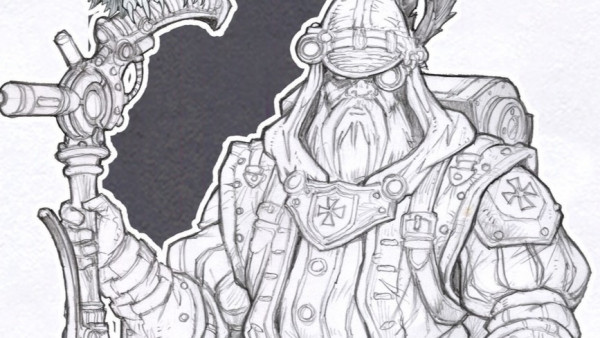




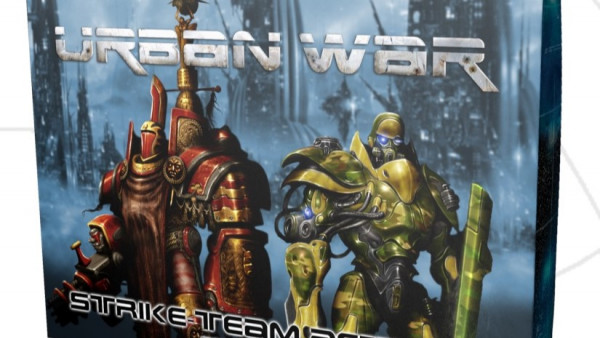

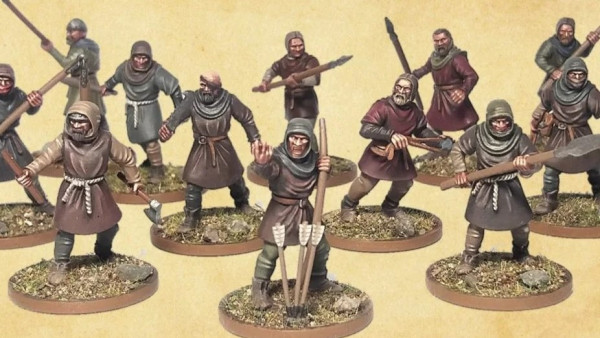







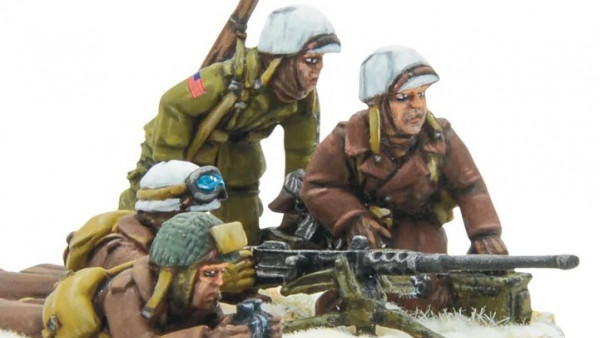




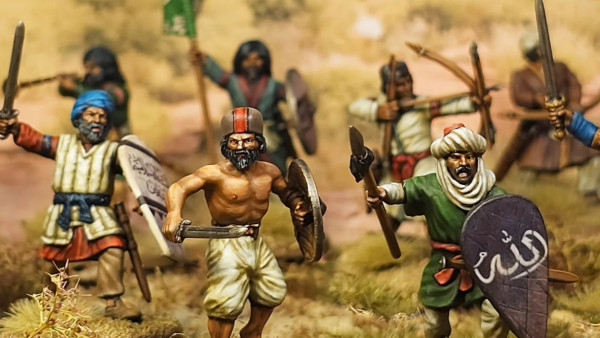


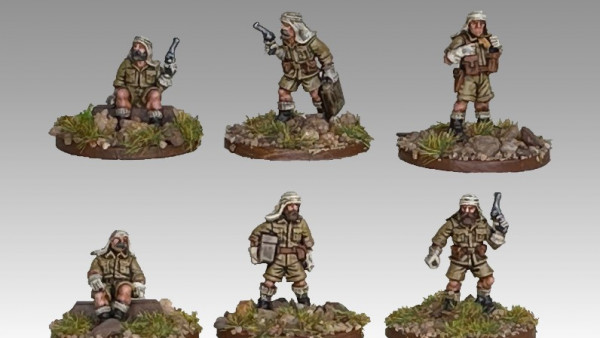



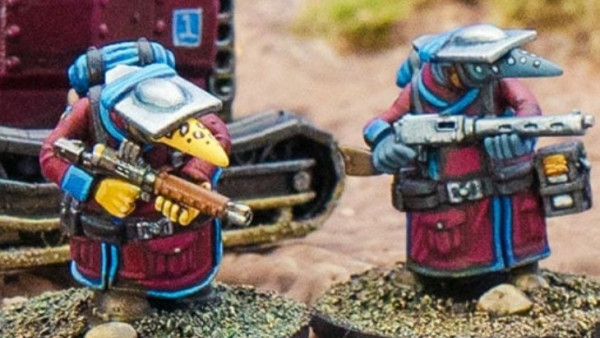
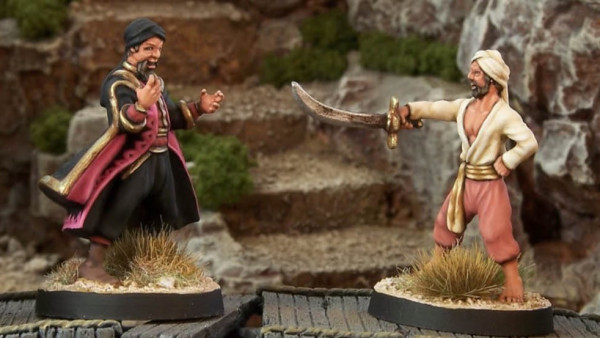



Get some books ? Do proper research man not this AI stuff ?
LMAO, thanks Rob 😉 😉